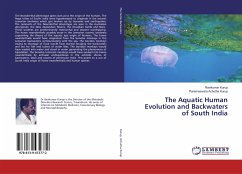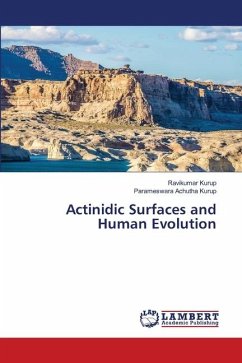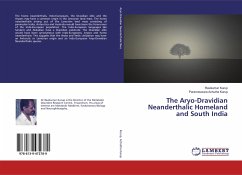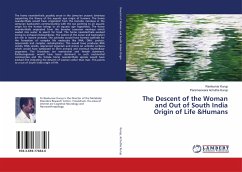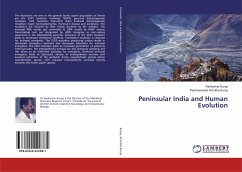The Neanderthal phenotype gives clues as to the origin of the humans. The Naga tribes of South India were hypothesized to originate in the ancient Lemurian landmass which got broken up by tsunamis and earthquakes. The remnants of the Neanderthal phenotype are seen in the Australian aboriginals, the New Zealandian Maoris, the Dravidian Tamils and Nairs. These societies are predominantly matriarchal and serpent worshipping. The homo neanderthalic possibly arose in the Lemurian oceanic landmass supporting the theory of the aquatic ape origin of humans. The homo neanderthalis would have originated from the bonobo monkeys in the Lemurian backwaters communicating with the sea. The bonobo monkeys owing to shortage of food would have started foraging the backwaters and sea for fish and tubers of water lilies. The bonobo monkeys would have waded into water and stood in water generating the phenomena of bipedalism. The bonobo Lemurian monkeys would have evolved into homo neanderthalis by archaeal endosymbiosis in the actinidic shores of backwaters, lakes and oceans of peninsular India. This points to a out of South India origin of homo neanderthalis and human species.
Bitte wählen Sie Ihr Anliegen aus.
Rechnungen
Retourenschein anfordern
Bestellstatus
Storno

